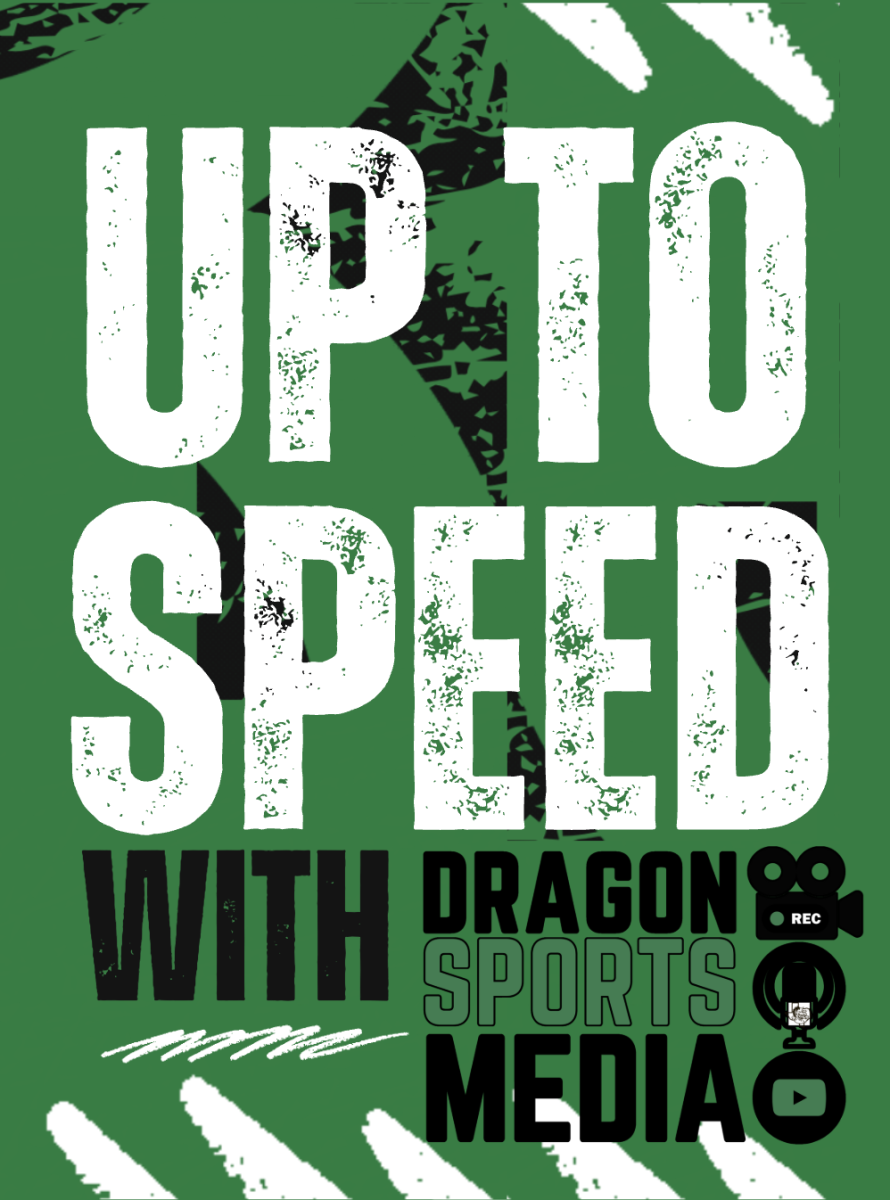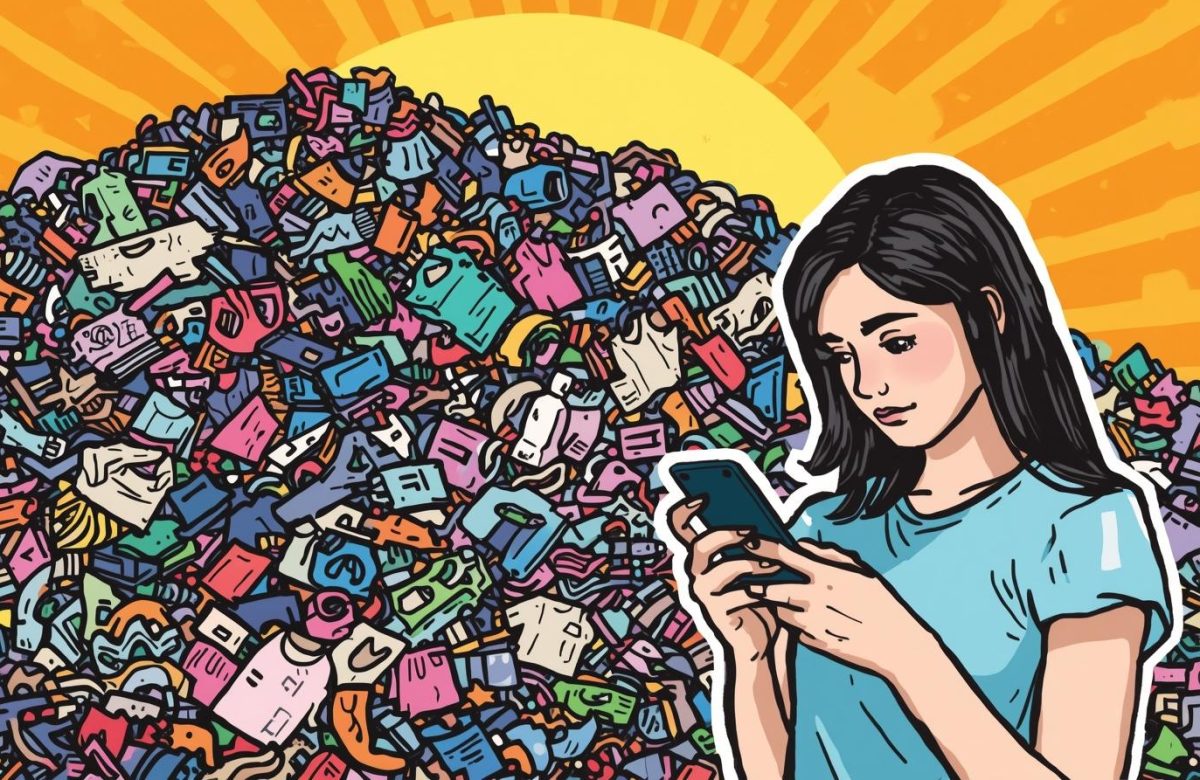“Klara and the Sun,” Kazuo Ishiguro’s eighth novel published in 2021, is written from the perspective of Klara, a humanoid “Artificial Friend” (or AF), manufactured to be a child’s companion. Klara has one exceptional quality: her outstanding observational abilities. She carefully observes the environment and the world around her through the window of her store, in hopes of being chosen.
I originally discovered this book whilst wandering around aimlessly in the middle of Barnes and Noble. I had recently got back into my reading “grind” but I didn’t have any particular books in mind. I picked this book off the shelf due to its minimalistic, yet eye-catching cover, with nothing but a red jacket with a small graphic of a hand with a sun. Reading the synopsis on the back, I was hooked on the sci-fi aspects of the book, from the mention of futuristic robots to the interesting technological concepts. I immediately purchased the novel on a whim, as the plot looked promising, not knowing that this book would be one of the most thought-provoking novels and the first book by Ishiguro I’d ever read.
The book’s sci-fi setting is set in a future that mirrors our present in many different ways and highlights the pros and cons of modern technology. Funny enough, I feel this book was very timely given how some of its aspects such as remote learning and artificial intelligence, felt so reminiscent of the 2020 pandemic and the onslaught of AIs such as ChatGPT and DALL-E, making the novel seem coincidentally prescient in a sense.
Through the eyes of Klara, the reader is given small glimpses into this futuristic world. The reader is told that AI has replaced many jobs that humans have taken in the past. Children with parents that can afford it are “lifted,” a procedure where children are genetically modified to be smarter and are homeschooled on their “oblongs.” One consequence of this remote learning is the need for social interaction to make up for “lifted” children’s isolation and they are given AFs to combat the loneliness. Similar to AI, some people in this world view the AFs the same as nothing better than a dinky piece of tech or think that they’re becoming too human or intelligent.
Klara’s highly observational qualities give her a detailed look into this world but her limited perception as a programmed AF gives her difficulty in trying to make sense of human emotions and actions. Her empathy paired with her observations gives her the atypical ability to sympathize with those around her, even if she can’t understand exactly why they feel the way they do. These qualities are later explored as she is chosen to look after a 14-year-old girl named Josie and her family.
Klara’s detachment from the human world and her perception of it combined with her unusual observational and empathetic personality suits the purpose of Ishiguro’s novel perfectly. Ishiguro details Klara’s artificial sight and intelligence to show the reader how differently she perceives the world around her. I liked this aspect as unlike typical perception, Klara sees her world as two-dimensional boxes that she has to compile into 3D images to perceive, and restricting her perceptions to what she only knows helps give the reader a new perspective of Klara’s environment from her account, which I also believe fits into Ishiguro’s narrative perfectly. For example, when she sees Josie’s mother, she observes that her “expression varied between one box and the next. In one, for instance, her eyes were laughing cruelly but in the next, they were filled with sadness.” Klara’s sight plays a huge role in how she detects and empathizes with human emotions and their contradictions, giving the reader a subtle touch of the deeper themes of the novel.
Unlike her human counterparts, her robot-like aspects paired with her unique qualities as an AF make Klara the ideal narrator for the story. Her robotic perceptions cause her to sort through the data she collects to make sense of her experiences. Her naivety, shown through her pre-programmed mind, combined with her ability to understand the feelings of others contrasts with the different personalities of the people around her and the changing environment but despite these differences, she learns to serve and tries to form bonds with them. Her restrictions as an AF cause her to strive for a deeper understanding and relationship with those around her, leading to her developing a sort of emotional bond with her family.
I loved this novel for its many captivating themes. I feel that it’s a great introduction to Kazuo Ishiguro’s writing as it offers a fulfilling and heartwarming yet bittersweet story and an interesting protagonist. I believe that readers who are into contemporary literature and science fiction would enjoy this book, as it provides many creative and ultramodern fictional aspects whilst still being detailed and thought-provoking.
The messages and themes of the novel lie in the details as Ishiguro uses Klara as a way to measure the actions and emotions of the human characters. As a robot, she can only construct emotions and identity through her computer programs, and yet she still can empathize with others and form deep relationships with those she serves and loves. Ishiguro’s portrayal in “Klara and the Sun” dives into the intricacies of interpersonal relationships from a refreshing and interesting perspective, exploring the question: what does it mean to love?













